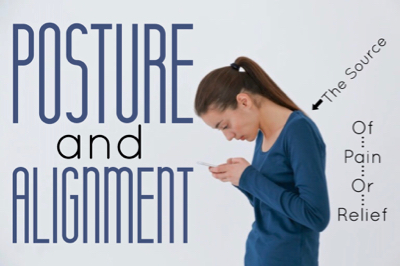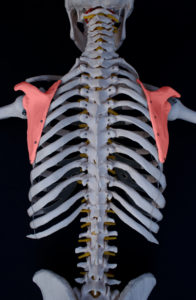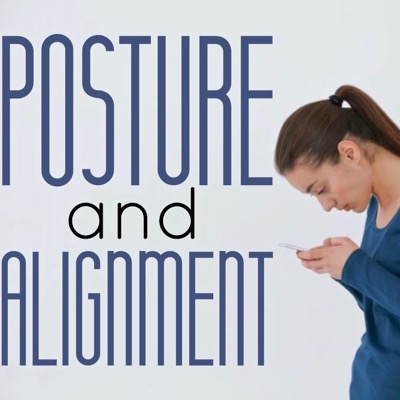
Posture…many of you reading that word, if you’re old enough, images of a book precariously balanced on a young students head as they attempt to walk with grace come to mind. Or you may hear your mothers voice telling you to sit up straight and stop slouching! As with many things in life turns out mother was right.
Posture is something that usually doesn’t get much attention until our later years. Though with our tech heavy society many people are experiencing discomfort from looking down at their devices and computer screens for hours a day.
In this next series we’re going to talk about the importance of proper posture, what it is and some specific exercises and movements to help correct some of the most common issues.
What is proper posture:
Correct posture allows the body to rest in its designed state. Bones line up properly taking excess stress off the joints and other connective tissue. When the alignment is off even just a few millimeters stresses are experienced and the body positioning is altered increasing tension. Compensations begin to take place and with extended standing, walking or other exercises those forces are multiplied. Over time those compensations alter the way we move and eventually can lead to pain.
Typically, good posture from a side view we would see a nice vertical line from the ankle to the knee, flowing right through the hip then the shoulder and passing through the ear. From the front imagine another vertical line sectioning our body in half with each side symmetrical to the other, no differences in hip height or tilt, shoulders level and not rounded forward. 
Why is it so important?
When aspects of our body fall outside those nice lines it puts greater stress on the connections holding the body together. It also alters the way the body moves increasing wear and tear, causing impingements, and forcing other muscles to take on the role and responsibilities of other muscles not intended for that function causing overuse, irritation, pain and dysfunction. One example is when the shoulder blade doesn’t move properly because it’s winged out to the sides due to excessive tension of the chest muscles and weak scapula stabilizers. Then you raise the arm to get something in a cabinet or do an overhead shoulder press and feel a pinch in the shoulder joint usually an impingement of a muscle called the supraspinatus which radiates down the side of the arm. All this due to poor alignment and posture.

How it impacts exercise
To add insult to injury in attempts to improve their health and engage in exercise many unknowingly are reinforcing those poor patterns and body posture by strengthening the very positions they should be fighting.
Example: Many due to spending years in front of a computer screen, driving or just sitting in a slouched position find the chest muscles in an overactive or shortened state drawing the shoulders forward and flaring out and tilting forward the shoulder blades in their back as we just discussed. They then walk into a gym and especially if it’s a guy go to the chest press or shoulder press machine or at home start doing pushups because that’s what they did in high school or college. In their attempts to exercise and get fit they are only reinforcing that forward or kyphotic position. This position leads to shoulder impingements, eventual pain in the back under the shoulder blade and up to the neck. Instead as we’ll dive into they should work on reducing the tension in the front then strengthen the back helping to bring their posture back to as neutral as possible creating more space in that shoulder joint.
Another common example of poor postures impact is the forward tilted pelvis. Again due to the hours we sit those front hip muscles and psoas muscle are shortened/overactive tilting the pelvis forward. It gives the sensation that the back of the leg muscles, the hamstrings are always tight. They’re not tight but are in a lengthened state. This contributes to lower back pain alters the way we move and forces people to round their back during exercise because they cannot hinge in the hip properly, so the stress is shifted to the spine. Some of this may sound complicated but the point to take away is that once we make strides on improving our posture many aches and pains begin to diminish and movement and activity feels more comfortable and enjoyable.
In part 2 of this article we’ll examine specific movements and exercises that you can do. As always, any questions you have that you would like addressed can be sent to dino@renuhealthandfitness.com Oh and sit up straight and stop slouching.
Until then friends remember,
Pursue excellence not perfection!







